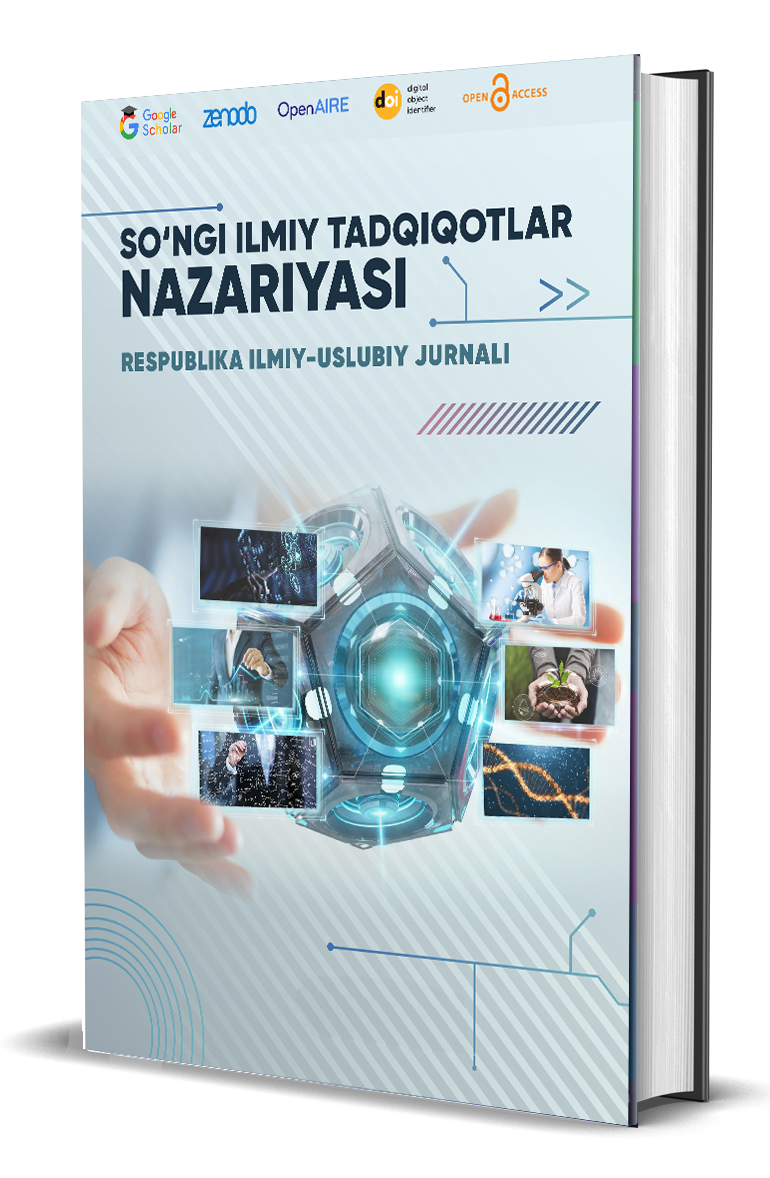ANALYSIS OF AI-BASED TOOLS FOR ENHANCING SECOND LANGUAGE SPEAKING SKILLS
Keywords:
Artificial Intelligence, second language acquisition, speaking skills, AI-based tools, speech recognition, natural language processing, conversational AI, personalized feedback, language education.Abstract
This literature review examines the impact of Artificial Intelligence (AI)-based tools on enhancing second language (L2) speaking skills at a private higher educational institution in Uzbekistan. Focusing on recent studies from the last decade, this research explores how AI technologies, such as speech recognition, natural language processing (NLP), and conversational AI, facilitate speaking proficiency in a group of second language learners of B2 level. The review identifies key advantages, such as personalized feedback, real-time error correction, and adaptive learning, while highlighting limitations, including dependency on technology, high costs, and accessibility barriers. By synthesizing findings, the study aims to inform educators, researchers, and policymakers about the potential and challenges of integrating AI-based tools in L2 speaking instruction in Uzbekistan.
References
1. Chen, X., & Wang, Y. (2021). "Advancements in AI-driven pronunciation training." Language Learning & Technology, 25(2), 45-60.
2. Chen, X., Zou, D., & Xie, H. (2020). Gamified AI applications for second language learning: Opportunities and challenges. Educational Technology Research and Development, 68(5), 2459-2476. https://doi.org/10.1007/s11423-020-09865-8
3. Derwing, T. M., & Munro, M. J. (2015). Pronunciation Fundamentals: Evidence-based perspectives for L2 teaching and research. John Benjamins.
4. Ehsan, N., Mirzaei, A., & Gilakjani, A. P. (2021). The impact of conversational AI on L2 speaking proficiency. Journal of Language and Education, 7(2), 89-105. https://doi.org/10.17323/jle.2021.223
5. Goh, C. C., & Burns, A. (2012). Teaching speaking: A holistic approach. Cambridge University Press.
6. Huang, J., Yang, Z., & Chen, F. (2020). "AI-powered conversational agents in language learning." Educational Technology Research and Development, 68(3), 487-504.
7. Koenecke, A., et al. (2020). "Racial disparities in automated speech recognition." Proceedings of the National Academy of Sciences, 117(14), 7684-7689.
8. Krashen, S. D. (1982). Principles and Practice in Second Language Acquisition. Pergamon.
9. Lan, Y. J., Sung, Y. T., & Chang, K. E. (2020). "Virtual reality in second language learning: A review." Educational Technology Research and Development, 68(2), 103-128.
10. Levis, J. M. (2018). Intelligibility, oral communication, and the teaching of pronunciation. Cambridge University Press.
11. Liakin, D., Cardoso, W., & Liakina, N. (2017). The effect of text-to-speech tools on L2 pronunciation. Computer Assisted Language Learning, 30(1), 1-20. https://doi.org/10.1080/09588221.2017.1284895
12. MacIntyre, P. D., & Gardner, R. C. (1991). "Language anxiety: Its relationship to other anxieties and to processing in native and second languages." Language Learning, 41(4), 513-534.
13. Van Lier, L. (2004). The Ecology and Semiotics of Language Learning: A Sociocultural Perspective. Springer.
14. Wang, Y., & Young, S. S. (2014). Technology-enhanced learning in the development of L2 speaking skills. Language Learning & Technology, 18(2), 32-53. https://doi.org/10.1234/llt.2014.2

